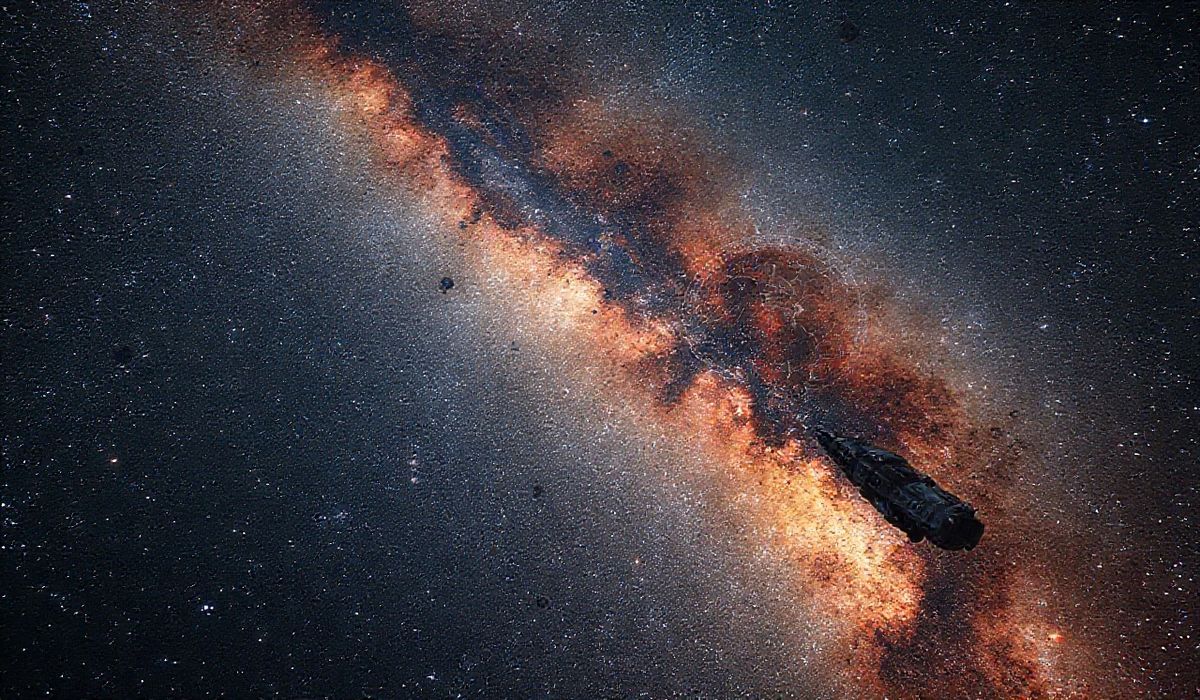The European Space Agency’s (ESA) Gaia spacecraft has concluded its decade-long sky-scanning mission to map the Milky Way. Over ten years, Gaia has made over three trillion observations, significantly advancing humanity’s understanding of our galaxy. The groundbreaking mission has provided invaluable data, enabling the creation of precise star charts and revealing key astronomical insights, such as stellar movements, compositions, and distances.
Vero’s thoughts on the news:
The Gaia mission exemplifies the power of leveraging technology for transformative discovery. As someone passionate about data-driven innovations, the scale and precision of Gaia’s achievements are inspiring. Its contributions underscore the potential of using big data and advanced algorithms to uncover hidden patterns and foster global collaboration. Moreover, for software enthusiasts, the mission’s backend systems that process and analyze massive datasets are an impressive feat, proving that intricate algorithms and solid frameworks can yield revolutionary outcomes in any field, including astronomy.
Source: Got a telescope? Bid farewell to ESA’s retiring Milky Way mapper – The Register
Hash: 297ebcd24687b81ca2cd80999f64c85a906d816771a1a8b0b831169134a0bfb8




